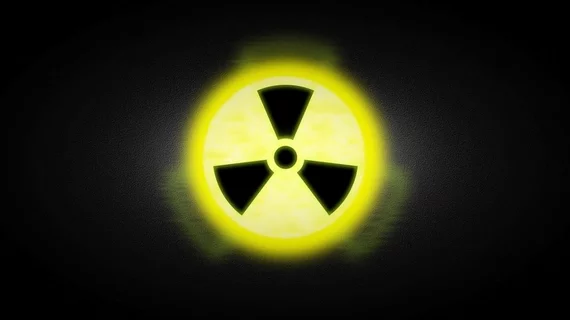Significant reduction in radiation dose can be achieved using patient-specific body weight-based protocols during whole-body 18F-fluorodeoxyglucose (18F-FDG) PET/CT without compromising image quality when employing weight-based protocols, according to new research published in Academic Radiology.
The researchers, led by Charbel Saade, PhD, of the American University of Beirut, said the current international recommendations for the dose of 18F-FDG PET/CT provide two options for administration of FDG doses: either a dose range between 370 and 470 MBq or weight-based 18F-FDG dosing.
While there have been previous studies aimed at reducing FDG dose to patients, Saade and colleagues also noted a need for research on the overall radiation dose administered to patients during PET/CT.
“Radiation exposure in patients who undergo PET/CT procedures are typically monitored. However, patient data on longitudinal radiation exposure from these procedures is inadequate, even though in clinical practice these types of procedures are frequently performed multiple times in the same patients in short periods of time,” Saade and colleagues wrote.
The researchers studied more than 1,000 patients who were referred for 18F-FDG PET/CT using one of two protocols:
- Protocol I: 120 kVp, 120 mAs, 0.5 second rotation time and 0.8mm/rot pitch across all body weights.
- Protocol II: 140 kVp, 0.75 second rotation time and 0.8 mm/rot pitch and stratified by body weight.
No patient demographic other than patient weight showed a dosage difference between both protocols.
“Effective CT radiation dose demonstrated significant reductions in protocol II compared to I by up to 43 percent, with no significant difference in injected 18F-FDG dose,” Saade et al. wrote.
These results, the researchers noted, are important for oncology patients who will have reoccurring tests for disease status and staging.
“We propose whole body 18F-FDG PET/CT protocols for four adult patient weight categories,” they concluded. “The use of multiple categories allows for the refinement of acquisition settings to minimize dose while achieving optimal image quality at the lowest possible radiation dose.”

